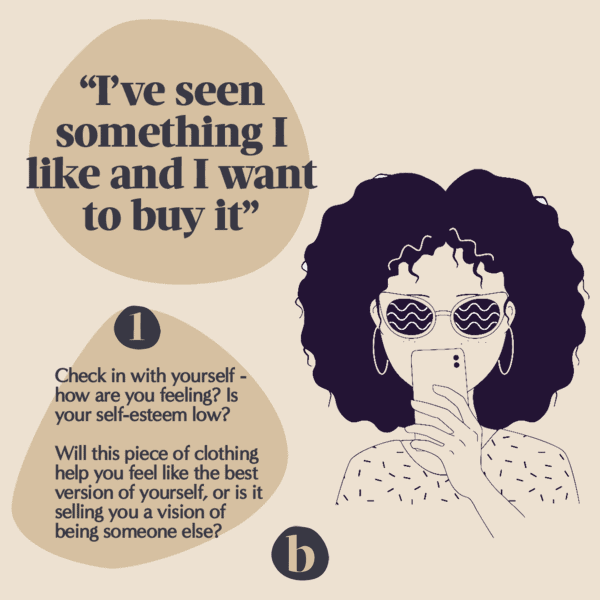Now that we know what content marketing is, and why it can work so well, let’s take a look at some of the sustainable brands that are getting it right.
Finisterre
Finisterre is a UK-based clothing brand built around sustainability. They’re a certified B corp and have oodles of sustainability-focussed initiatives, from degradable non-toxic packaging to offering affordable repairs on all their products, keeping damaged items out of landfill.
It’s a real benefit for a brand like Finisterre to have an authentic passion to share with customers. In their case, it’s surfing, the sea and other intrepid outdoor pursuits. When there’s something that a brand is genuinely excited about, it gives it something meaningful to say that will forge a deeper connection with its customers. But it has to be genuine.
And Finisterre is getting the message across in a couple of ways with their content marketing.
First, a podcast called Hell or High Water. It’s a beautifully produced audio series that interviews influential and interesting aquatic people. They’ve got champion surfers, sailing adventurers, and even the director of My Octopus Teacher. It’s all about creating content that their audience will truly want to spend time with, rather than going for the hard sell.
Birdsong London
Sustainability itself can be a passion point for a brand. That’s what Birdsong London is showing – by creating content about the work they’re doing to make the brand sustainable and to help their customers do the same.
They publish an impact report every year that quantifies what they’ve done well, what they could do better and what its aims will be for the coming year. Which sounds like it might be boring but in this case, it’s treated as a piece of content rather than a report for the board room, so it’s written and presented in a style that you actually want to read and keep reading.
As well as the annual reports, the brand has an active sustainability blog on its site that addresses some of the more interesting questions around sustainability for brands.
A really useful recent post is a beginners’ guide to ‘slow shopping’. There’s a bit of an elephant in the room when it comes to marketing and sustainability – that the best way to live sustainably is simply not to buy more stuff, which is obviously at odds with marketing which is trying to get you to… buy more stuff. Birdsong poses a series of questions that you can ask yourself to make sure that you’re buying something for the right reasons. It’s a bold, refreshing approach to content marketing that actually walks the sustainability walk.
This post is also a top example of blog content that’s a little more adventurously visual. There’s nothing wrong with just editorial but sometimes a bit of added information visualization gives a post a bit of extra oomph – and makes it all the more entertaining. It’s not a bad approach in the area of sustainability, which can become a bit dry and sanctimonious if not handled so deftly.
eBay
You might not think of eBay as being a particularly sustainable brand, but just think of the effect that eBay has had on the second-hand market. One of the most sustainable things we can all do when it comes to consumerism is to stop buying shiny new things and start shopping second-hand – and eBay has surely been the brand to bring that to the digital masses. And not only that, eBay leads several sustainability rankings – like this one on cross-border market places in Europe.
On the content marketing front, they’ve some great examples that have come from clever research and data strategy. They’ve thought about the uses-cases for the platform and how they can help their audience.
So what have they been doing? Well, one great example is where they commissioned Gimlet Media, producer of hit podcasts like Reply All and The Nod, to create a podcast all about starting a small business. It just makes so much sense! It’s a brand that can turn any of us into an entrepreneur, so why not go one step further and give people the tools to go from selling their old clothes to creating a vintage clothes empire?
So there you go – three different brands approaching content marketing in three different ways. What did we learn?
- Identify a passion area that you can share with your audience
- Being transparent about how you run your business can form the basis of the content itself
- Think about how your brand or product is used – and create content that helps your audience in that area
- Use original and entertaining formats as well as editorial for even more impact.
And if you’d like to do some content marketing yourself and don’t quite know where to start, just get in touch or start a live chat and we’d be happy to help.




Leave a Reply